Equipment
10 takeaways from Callaway’s club tinkering podcast
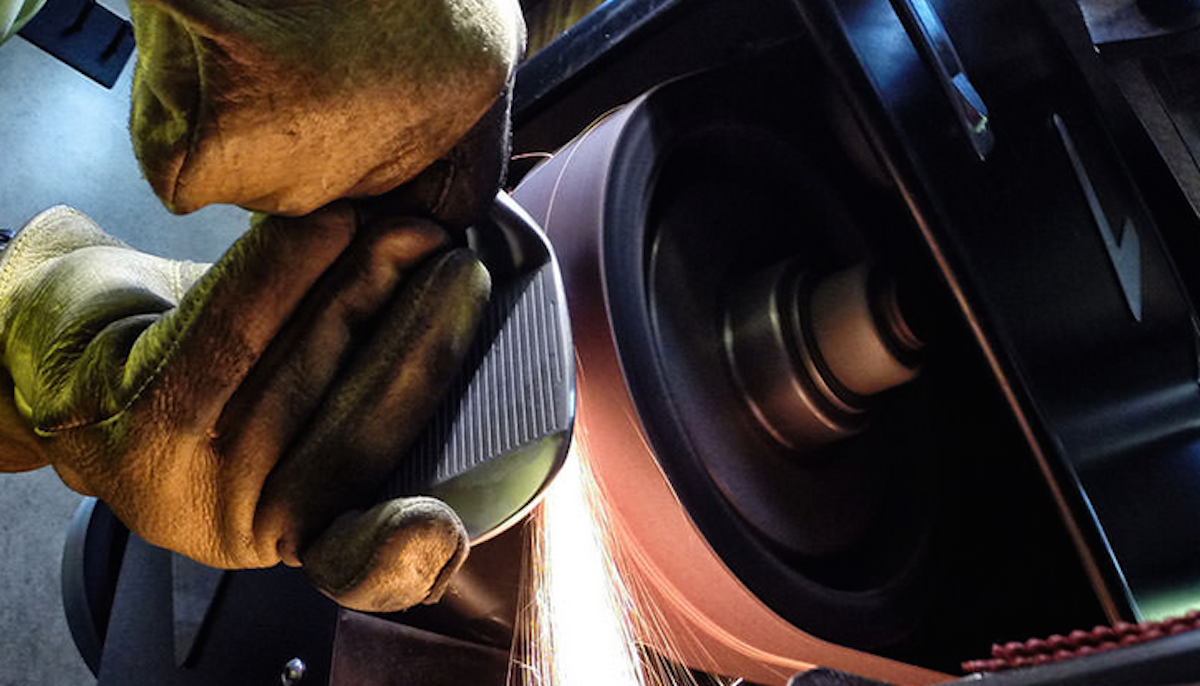
In Callaway’s latest series of podcasts, the team talks with Gerritt Pon, Senior Club Performance Analyst, an industry veteran and fitting specialist who has personally built clubs for Phil Mickelson. The three audio files run roughly 50 minutes in length (total), so we extracted some of the more valuable/interesting pearls of wisdom from the Fitting Room podcast series. Want to hear the entire interview? You can find the full series on the Callaway Media Productions website.
The topics covered range from beginner to advanced. Here’s a selection of the quality information from the talk with Mr. Pon, which range from the most basic information to advanced topics.
Where tinkerers should begin
Pon says that loft and lie are the most important part of any sort of club tinkering for amateur golfers. Proper loft and lie can take a golfer from hitting shanks to striping it, which is more than can be said for almost all other adjustments.
Lie angle rules of thumb
Generally, if a player is consistently missing right, s/he ought to be playing clubs that are more upright. Likewise, if the golfer misses left, a flatter lie is necessary.
The first wood adjustment to make
Callaway recommends that before making any adjustment to the moveable weights in their woods, golfers should dial in an optimal loft.
Swing weight basics
Every two grams of weight added to a club head adds one swing weight point, so shortening a shaft an inch changes swing weight by six points. Adding weight to a wood head can be done externally (using lead tape) or internally (with glue injected into the club head). Also, weight can be added to the grip end to reduce swing weight, but different rules apply. It takes five grams of weight to lighten the swing weight by one point.
Who tinkers?
Tinkering seems to be more correlated with personality type than handicap. For example, tour pros span the range from massive tinkerers to not really making many equipment adjustments.
Interesting fact about different-colored grips
Pon says he’s found different-colored models of the same grips can weigh different amounts.
Spin 101
With respect to spin, when a club spins too much, the ball will balloon. When it doesn’t spin enough, the ball will tend to fall out of the air.
So you want a 55-degree wedge?
In making a 55-degree wedge: Better to weaken 54 than strengthen 56 for most golfers, as the 54 would have more bounce. Weakening a club makes the leading edge look straighter. Strengthening adds more offset. Pros tinker most with their wedges ahead of major championships, particularly the Masters (where players prefer less bounce).
Phil Mickelson: club builder
Phil Mickelson ground his own lob wedge for the U.S. Open at Chambers Bay. He wanted a 64-degree with zero degrees of bounce.
The Callaway OG wedge
Roger Cleveland has made a special OG “Office Grind” wedge for Callaway employees: 64 bent to 60, ground to zero bounce.
- LIKE93
- LEGIT14
- WOW3
- LOL0
- IDHT2
- FLOP1
- OB2
- SHANK10
Whats in the Bag
Kevin Streelman WITB 2024 (April)
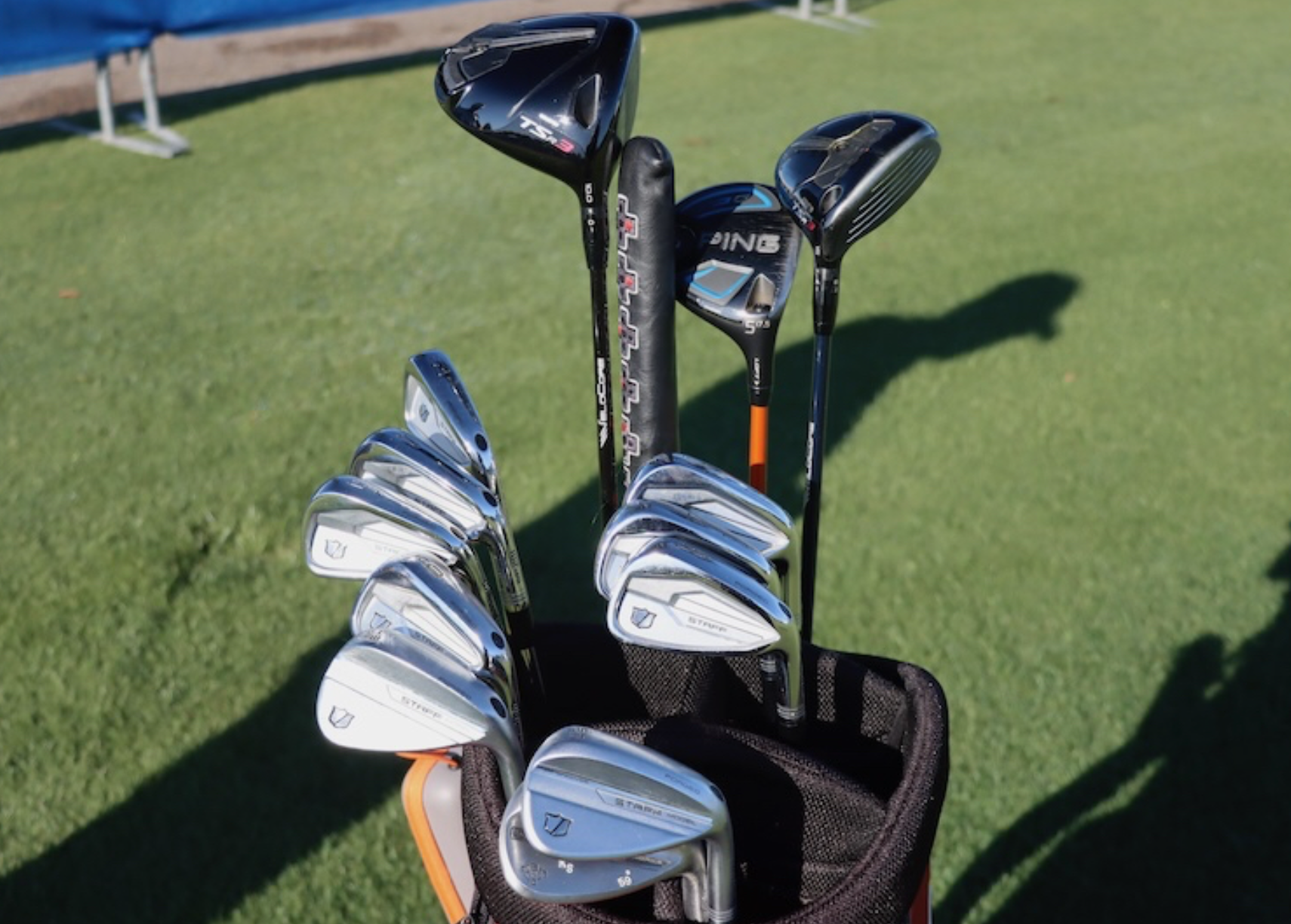
- Kevin Streelman what’s in the bag accurate as of the Zurich Classic.
Driver: Titleist TSR3 (10 degrees, D1 SureFit setting)
Shaft: Fujikura Ventus TR Black 6 X
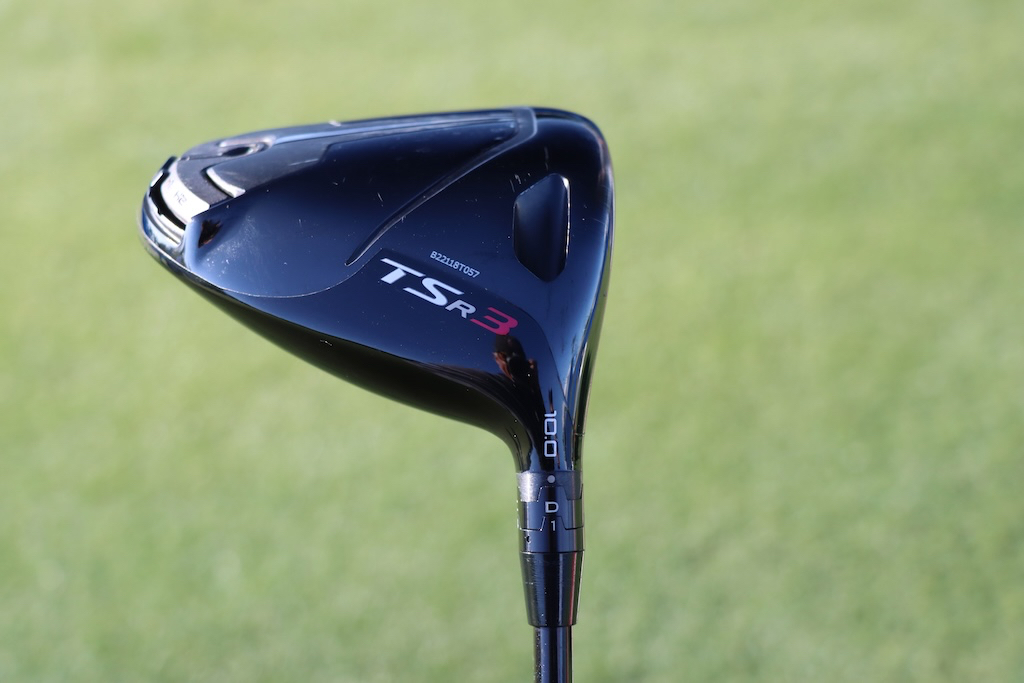
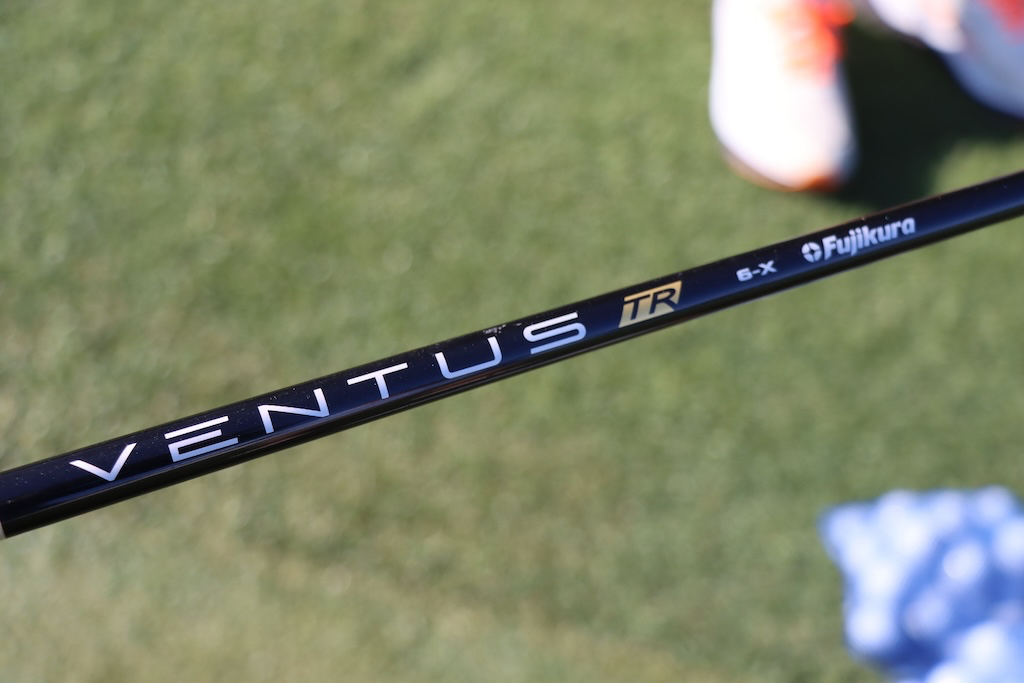
3-wood: Titleist TSR3 (15 degrees, A1 SureFit setting)
Shaft: Fujikura Ventus Blue 8 X
5-wood: Ping G (17.5 degrees)
Shaft: Graphite Design Tour AD DI 10 X
Irons: Wilson Staff Model CB (4-9)
Shafts: Project X 6.5
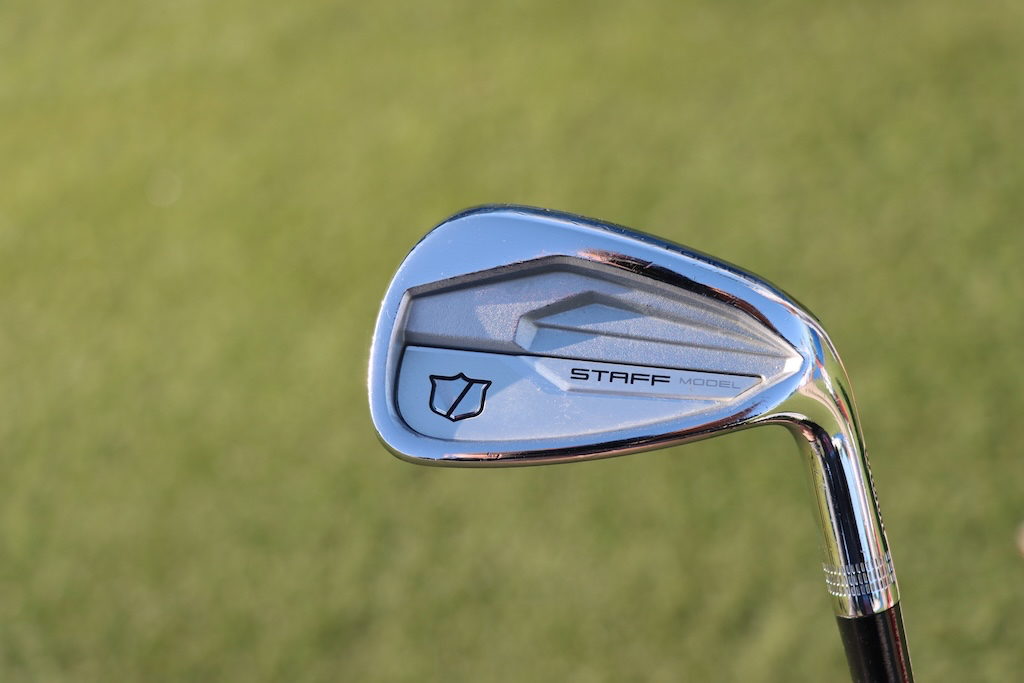
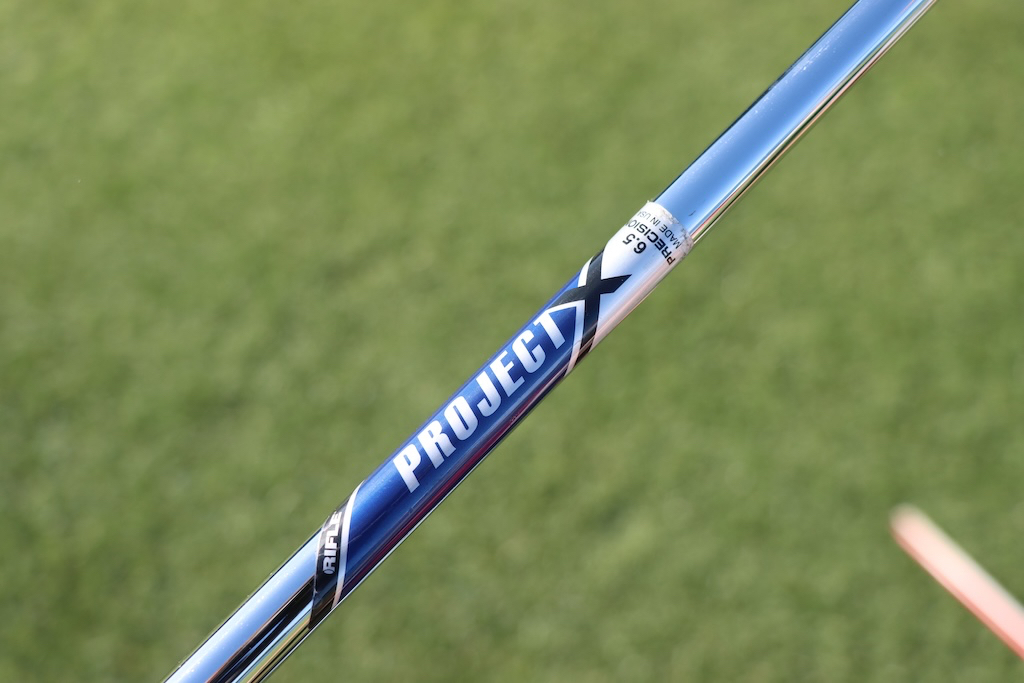
Wedges: Wilson Staff Model (48-08, 54-08), Titleist Vokey Design WedgeWorks (58-L @59)
Shafts: Project X 6.5 (48), True Temper Dynamic Gold Tour Issue S400 (54, 58)
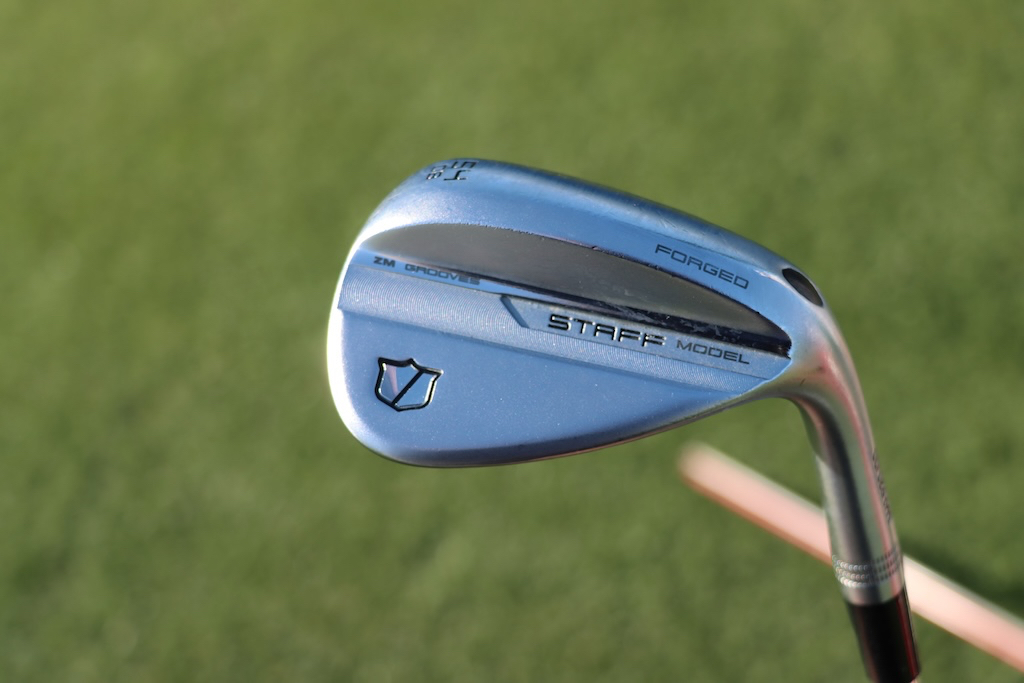
Putter: Scotty Cameron TourType SSS TG6
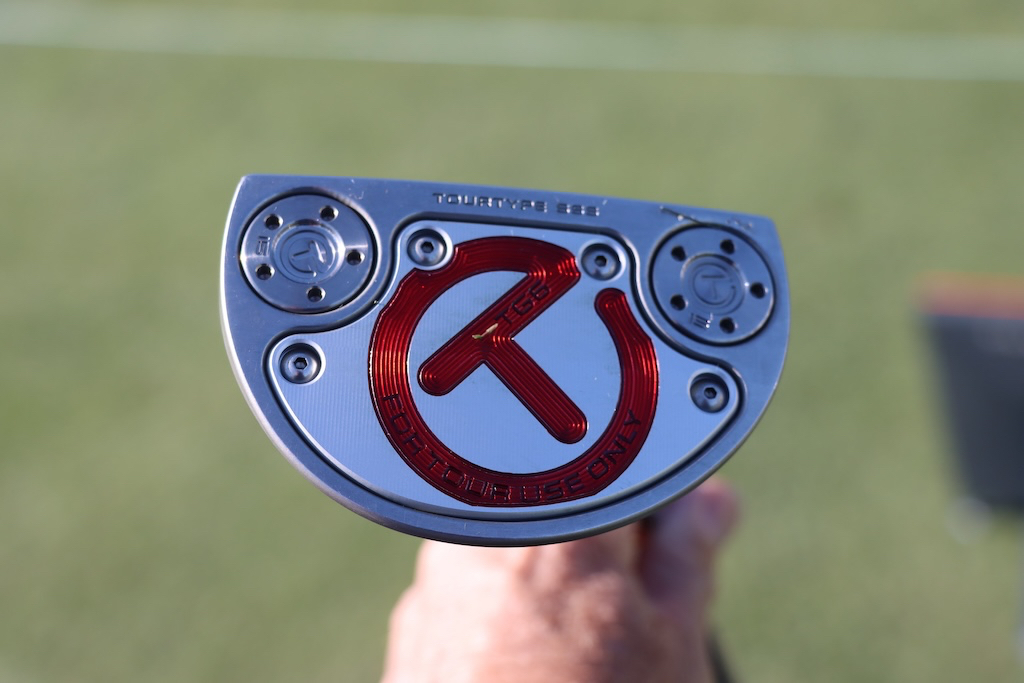
Grips: Golf Pride Tour Velvet
Ball: Titleist Pro V1x
Check out more in-hand photos of Kevin Streelman’s clubs here.
- LIKE0
- LEGIT0
- WOW0
- LOL0
- IDHT0
- FLOP0
- OB0
- SHANK0
Equipment
Choose Your Driver: Which 2012 driver was your favorite?
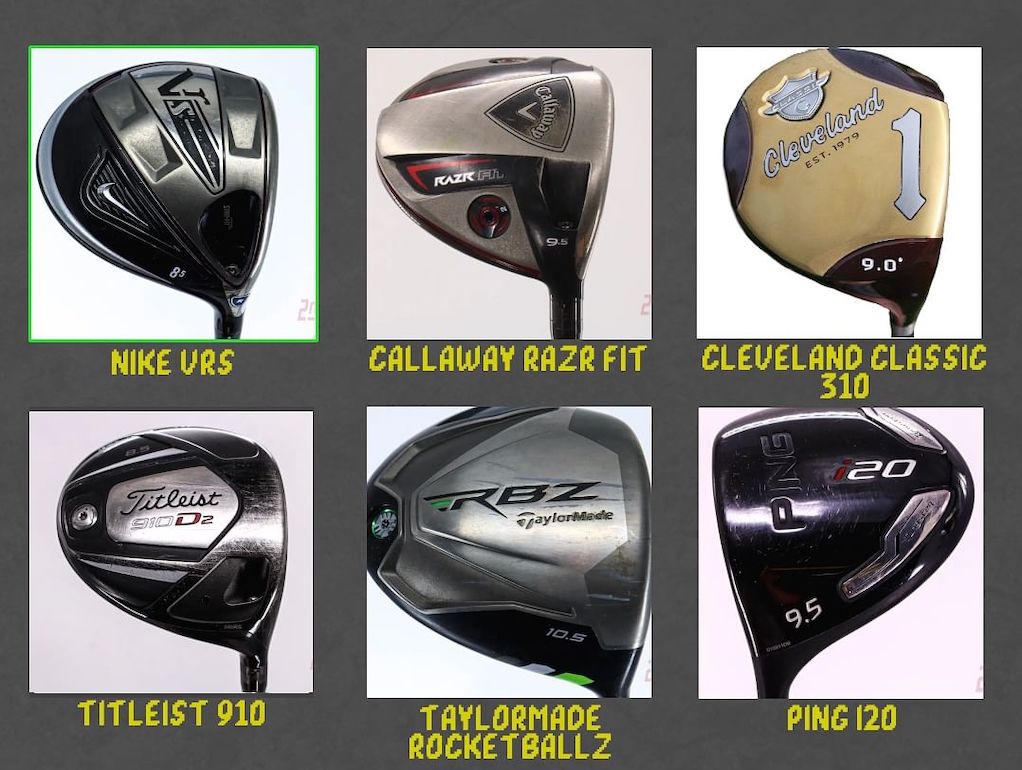
The year was 2012. Gangnam Style ruled supreme, its infectious beats and ludicrous horse-riding dance moves hypnotizing us with their stupidity. Everyone was talking about the Mayan calendar, convinced that the end of days was near. Superheroes soared on the silver screen, with the Avengers assembling in epic fashion. Katniss Everdeen survived The Hunger Games. And the memes! The memes abounded. Grumpy Cat triumphed. We kept calm and carried on.
In much the same way that automotive enthusiasts love classic cars, we at GolfWRX love taking a backward glance at some of the iconic designs of years past. Heck, we love taking iconic designs to the tee box in the present!
In that spirit, GolfWRX has been running a series inspired by arguably the greatest fighting game franchise of all time: Mortal Kombat. It’s not “choose your fighter” but rather “choose your driver.”
Check out some of the standout combatants of 2012 below.
View this post on Instagram
Nike VRS
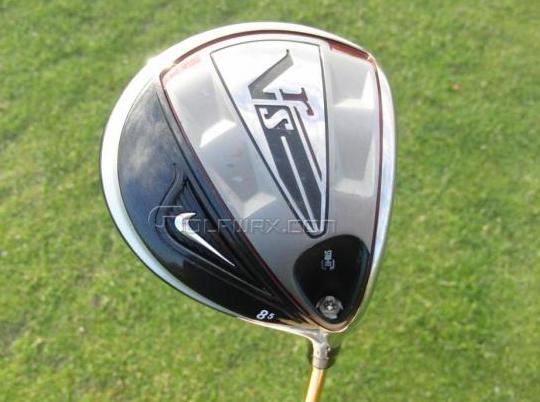
Often harshly critiqued during its years releasing golf equipment (right, Phil Mickelson?), Nike’s tenure in the club-and-ball business gets a gloss of nostalgic varnish, with many of its iron and putter designs continuing to attract admirers. Among the company’s driver offerings, the 2012 VRS — or VR_S, if you will — drew high marks for its shaping and toned-down appearance. The multi-thickness, NexCOR face was no joke either.
Check out our coverage from 2012 here.
Callaway RAZR Fit
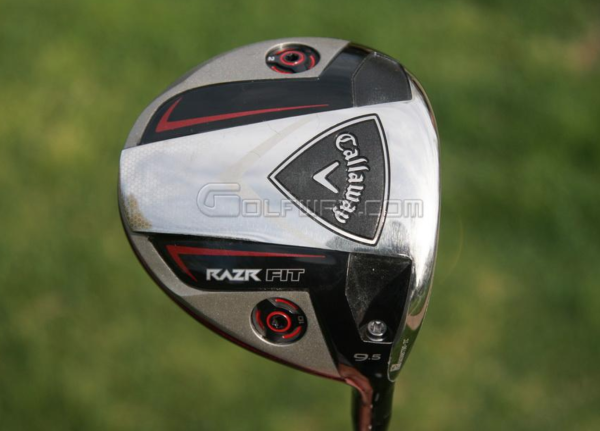
Callaway’s first foray into moveable weight technology (married with its OptiFit hosel) did not disappoint. With a carbon fiber crown, aerodynamic attention to detail, and variable and hyperbolic face technologies, this club foreshadowed the tech-loaded, “story in every surface” Callaway drivers of the present, AI-informed design age.
Check out our coverage from 2012 here.
Cleveland Classic 310
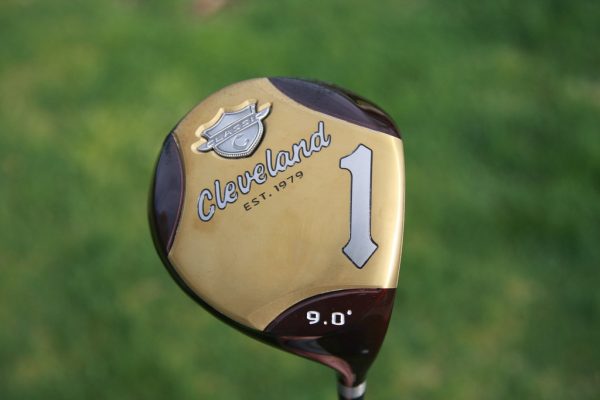
Truly a design that came out of left field. Cleveland said, “Give me a persimmon driver, but make it titanium…in 460cc.” Our 2012 reviewer, JokerUsn wrote, “I don’t need to elaborate on all the aesthetics of this club. You’ve seen tons of pics. You’ve all probably seen a bunch in the store and held them up close and gotten drool on them. From a playing perspective, the color is not distracting. It’s dark enough to stay unobtrusive in bright sunlight…Even my playing partners, who aren’t into clubs at all…commented on it saying it looks cool.” Long live!
Check out our coverage from 2012 here.
Titleist 910
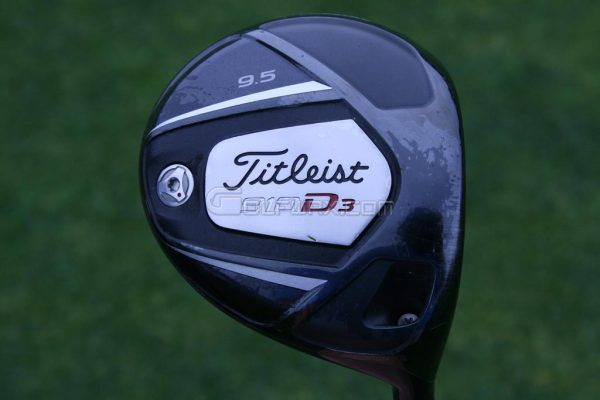
While there’s no disputing Titleist’s “Titleist Speed” era of drivers perform better than its 2010s offerings, sentimentality abounds, and there was something classically Titleist about these clubs, right down to the alignment aid, and the look is somewhere between 983 times and the present TS age. Representing a resurgence after a disappointing stretch of offerings (907, 909), The 910D2 was a fairly broadly appealing driver with its classic look at address and classic Titleist face shape.
Check out our coverage from 2012 here.
TaylorMade RocketBallz
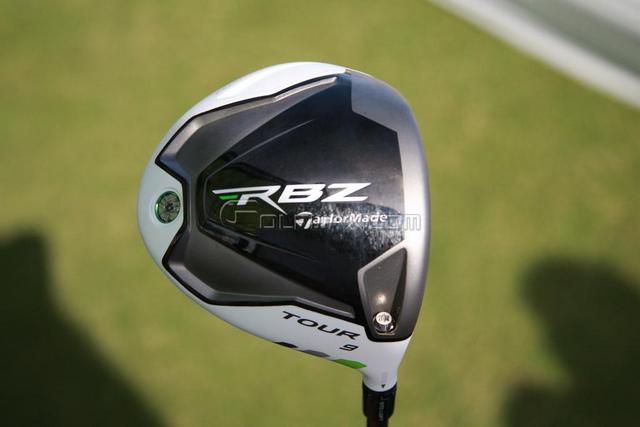
The white crown. The name. You either loved ‘em or you hated ‘em. TaylorMade’s 2012 offering from its RocketBallz Period boasted speed-enhancing aerodynamics and an Inverted Cone Technology in the club’s titanium face. Technology aside, it’s impossible to overstate what a departure from the norm a white-headed driver was in the world of golf equipment.
Check out our coverage from 2012 here.
Ping i20
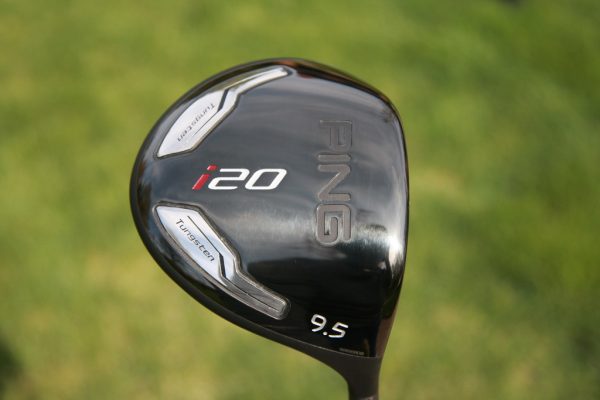
Long a quietly assertive player in the driver space, Ping’s i20 was more broadly appealing than the G20, despite being a lower-launch, lower-spin club. Ping drivers didn’t always have looks that golfer’s considered traditional or classic, but the i20 driver bucked that trend. Combining the classic look with Ping’s engineering created a driver that better players really gravitated toward. The i20 offered players lower launch and lower spin for more penetrating ball flight while the rear 20g tungsten weights kept the head stable. Sound and feel were great also, being one of the more muted driver sounds Ping had created up to that time.
Check out our coverage from 2012 here.

GolfWRXers, let us know in the comments who “your fighter” is and why!
- LIKE4
- LEGIT0
- WOW0
- LOL0
- IDHT0
- FLOP0
- OB0
- SHANK0
Equipment
Coolest thing for sale in the GolfWRX Classifieds (4/29/24): Krank Formula Fire driver with AutoFlex SF505 shaft
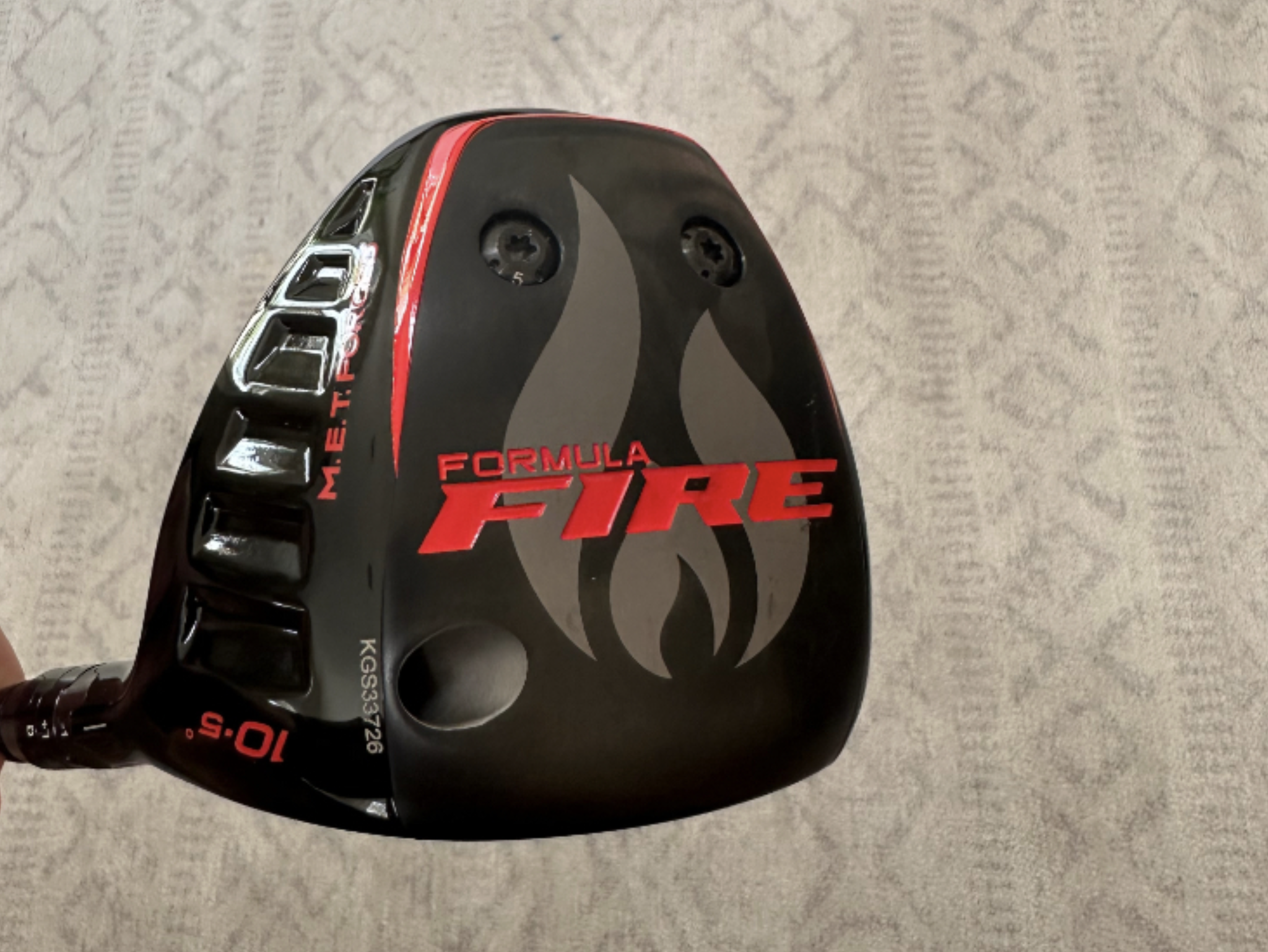
At GolfWRX, we are a community of like-minded individuals that all experience and express our enjoyment of the game in many ways.
It’s that sense of community that drives day-to-day interactions in the forums on topics that range from best driver to what marker you use to mark your ball. It even allows us to share another thing we all love – buying and selling equipment.
Currently, in our GolfWRX buy/sell/trade (BST) forum, there is a listing for a Krank Formula fire driver with AutoFlex SF505 shaft.
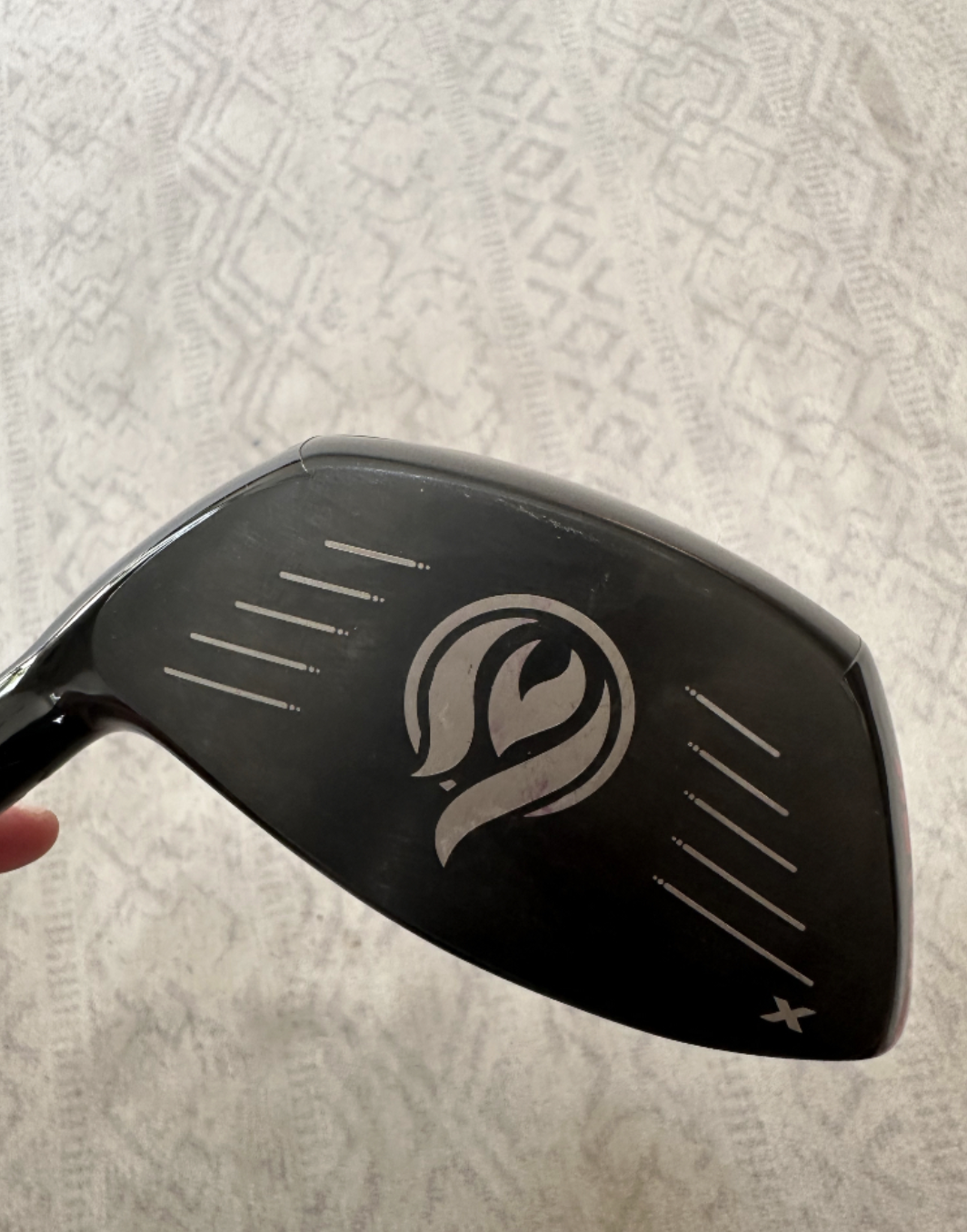
From the seller: (@well01): “Krank formula fire 10.5 degree with AUtoflex SF505. $560 shipped.”
To check out the full listing in our BST forum, head through the link: Krank Formula Fire driver with AutoFlex SF505 shaft
This is the most impressive current listing from the GolfWRX BST, and if you are curious about the rules to participate in the BST Forum you can check them out here: GolfWRX BST Rules
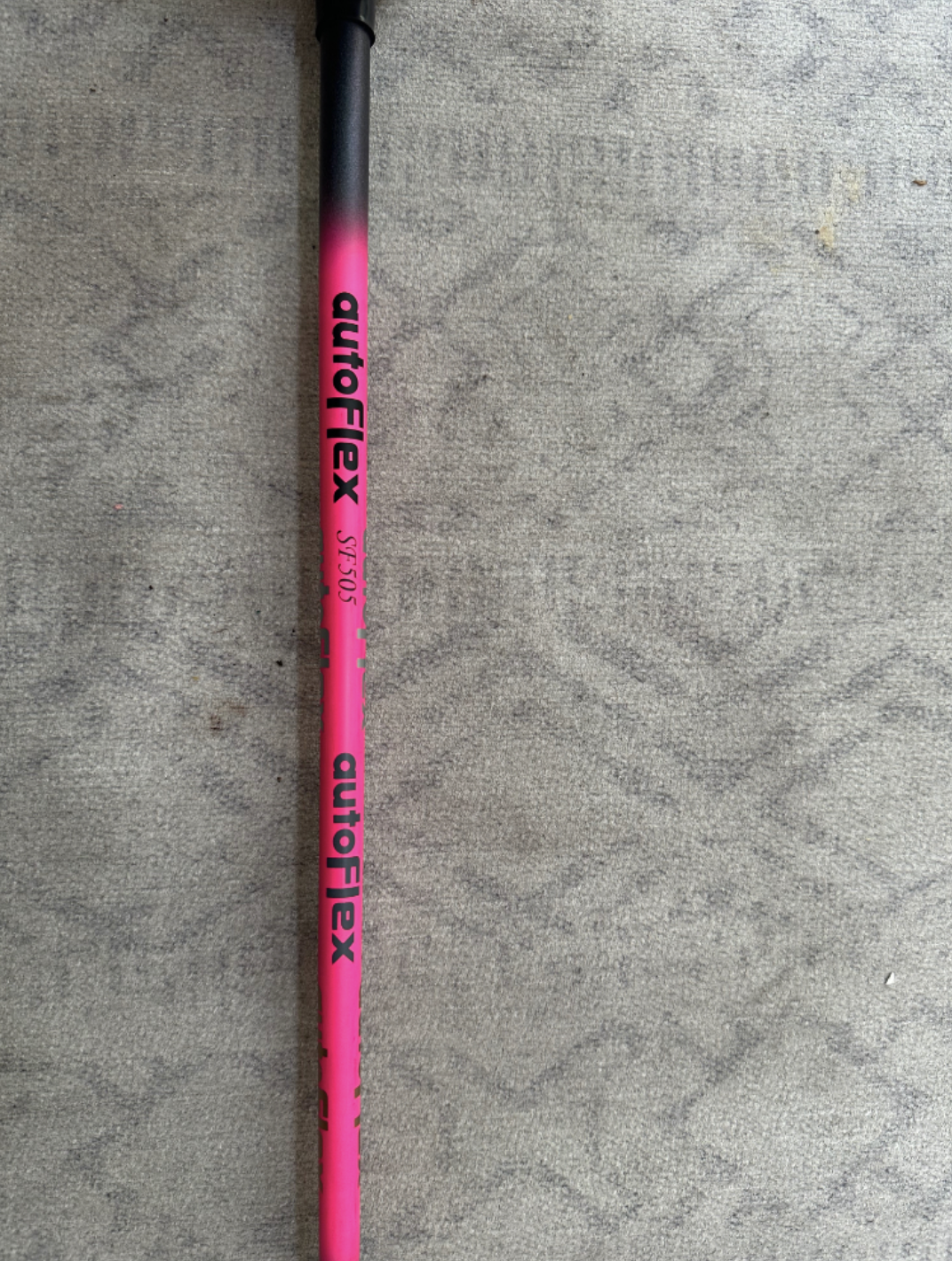
- LIKE5
- LEGIT1
- WOW0
- LOL0
- IDHT0
- FLOP0
- OB0
- SHANK0
-

 19th Hole3 weeks ago
19th Hole3 weeks agoDave Portnoy places monstrous outright bet for the 2024 Masters
-

 19th Hole1 week ago
19th Hole1 week agoJustin Thomas on the equipment choice of Scottie Scheffler that he thinks is ‘weird’
-

 19th Hole3 weeks ago
19th Hole3 weeks agoTiger Woods arrives at 2024 Masters equipped with a putter that may surprise you
-

 19th Hole1 week ago
19th Hole1 week ago‘Absolutely crazy’ – Major champ lays into Patrick Cantlay over his decision on final hole of RBC Heritage
-

 19th Hole2 weeks ago
19th Hole2 weeks agoTwo star names reportedly blanked Jon Rahm all week at the Masters
-

 19th Hole2 weeks ago
19th Hole2 weeks agoReport: LIV Golf identifies latest star name they hope to sign to breakaway tour
-

 19th Hole2 weeks ago
19th Hole2 weeks agoNeal Shipley presser ends in awkward fashion after reporter claims Tiger handed him note on 8th fairway
-

 19th Hole2 weeks ago
19th Hole2 weeks agoBrandel Chamblee has ‘no doubt’ who started the McIlroy/LIV rumor and why

















sumsum
May 2, 2016 at 9:55 am
Callaway production team :
“Is your ball going left?! Just flatten the club!
Is your ball going right?! Just raise the lie up!
At Callaway we think the Shaft doesn’t matter, Head / offset don’t matter, grip doesn’t matter, hell your swing doesn’t even matter. Just adjust the lie and you are on your way to straight shots all day!!”
……morons
Desmond
May 3, 2016 at 1:12 pm
Who’s the moron?
You might look in the mirror.
It states “where tinkerers should begin…”
“Begin” is a key word.
Mad-Mex
May 3, 2016 at 9:58 pm
So sumsum, from your post it appears your knowledge of golf clubs would one were you have designed many clubs, so, what is your most successful design?
Let me guess,,,,, NONE?
JustTrying2BAwesome
May 1, 2016 at 4:35 pm
Haha OG wedge. I love it
B Clizzle
May 1, 2016 at 1:28 pm
Callaway should research better adhesive or how to glue the heads properly…
Clubs I bought last year have have the heads fall off
8 iron three times and the rest twice
Never gonna stray from ping again
Ming Yeung
May 1, 2016 at 6:07 pm
funny thing you say that, i found the callaway and tm woods on the non adjustable heads were the most difficult to remove, took me at least twice as much heat and elbow grease to even break the dark expoxy. ping irons i found to be the easiest to remove. mizuno irons took the longest to remove
B Clizzle
May 1, 2016 at 7:08 pm
Well I just know I see a little gap near the ferrule and head…then after one swing the head is twisted
And I don’t leave them in my car
They stay at the course
Tex
May 1, 2016 at 1:20 pm
But what is Roger Cleveland’s feelings on the XE1 bent to 60?